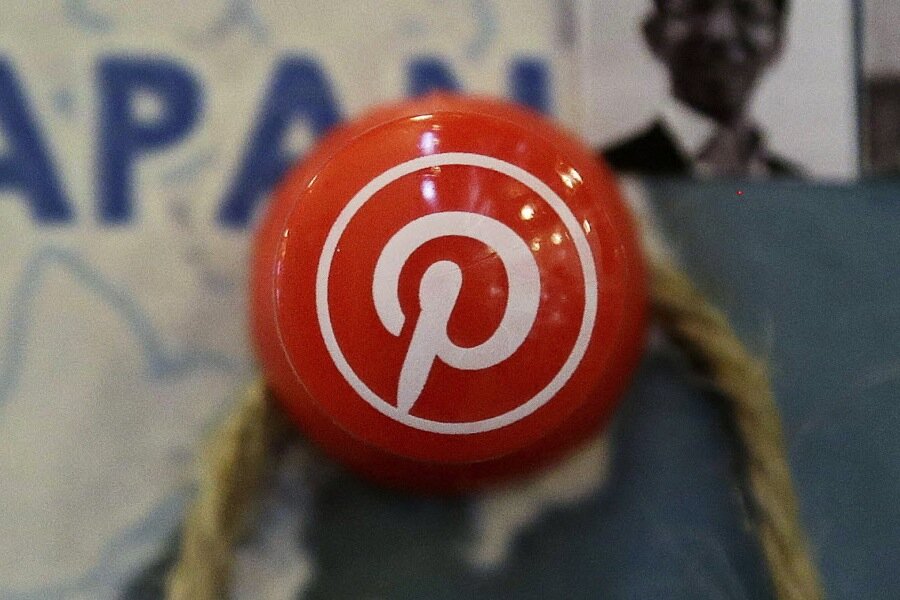Pinterest is used by women, but run by men. Can that change?
Loading...
The photo-sharing service Pinterest wants to hire more women and people of minority backgrounds – and it wants everyone to know, so they can hold the company accountable.
Co-founder Evan Sharp announced Thursday in a blog post the company’s goals for hiring more diverse employees in 2016, becoming the first of its Silicon Valley peers to reveal such detailed information on demographics goals and hiring procedures.
“By sharing these goals publicly, we’re holding ourselves accountable to make meaningful changes to how we approach diversity at Pinterest” Mr. Sharp said. “We’ll also be sharing what’s working and what isn’t as we go, so hopefully other companies can learn along with us.”
About 85 percent of Pinterest users are female, but only 42 percent of the company's workers are. Pinterest’s engineering department – not including interns – is only 19 percent female. Pinterest wants to bring that number up to 30 percent in 2016.
Similarly, the ethnic makeup of full-time engineers is about 97 percent white or Asian, not including employees who identify as multiethnic. Next year, if Pinterest reaches its goal, 8 percent of engineers will come from “underrepresented ethnic backgrounds.”
Helping Pinterest diversify its staff is Paradigm, a group that works with companies to hire and retain more diverse employees. Paradigm led Pinterest’s top executives in a workshop focused on strategies to combat unconscious bias and encouraged Pinterest to collect more detailed data on its employee demographics.
“Pinterest has a long way to go,” Paradigm founder and CEO Joelle Emerson said in a post on Medium. “But by measuring data and communicating that data clearly, it can more thoughtfully evaluate progress towards its goals.”
Pinterest and Paradigm also developed plans for Pinterest to recruit from universities with more diverse student bodies – at Harvey Mudd College, for example, 40 percent of computer science majors are female. Additionally, Pinterest has stopped prioritizing referrals over non-referrals, a practice which puts those without connections to someone in the company at a disadvantage, and in 2016 will implement a requirement that at least one female and one person from an underrepresented background be interviewed for every open leadership position.
Another practice that is getting the axe is “whiteboarding,” in which candidates are asked in interviews to write code on a whiteboard – a challenge that Ms. Emerson says reflects no actual workplace scenario and tends to induce anxiety in interviewees of underrepresented backgrounds, as they fear a stereotype working against them.
Rev. Jesse Jackson, civil rights activist and Rainbow PUSH Coalition founder and president, has pressured the technology industry to diversify, praised Pinterest in a statement, USA TODAY reported.
"Pinterest is putting a huge stake in the ground by setting specific, measurable goals, targets and a 2016 timetable to achieve its diversity and inclusion goals," Mr. Jackson said. "We have said: 'If you don't measure it, you don't mean it.' Clearly, Pinterest means it."








